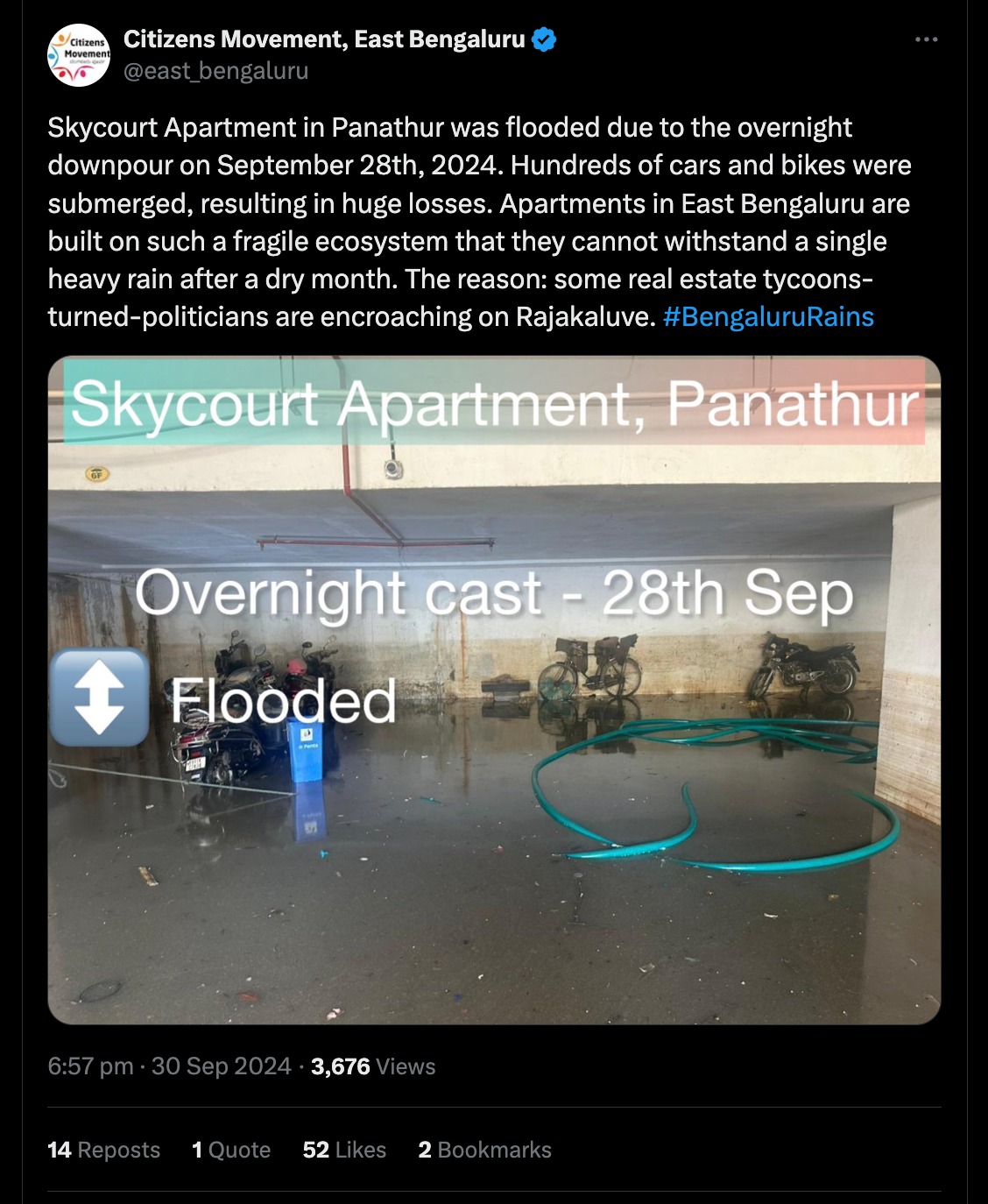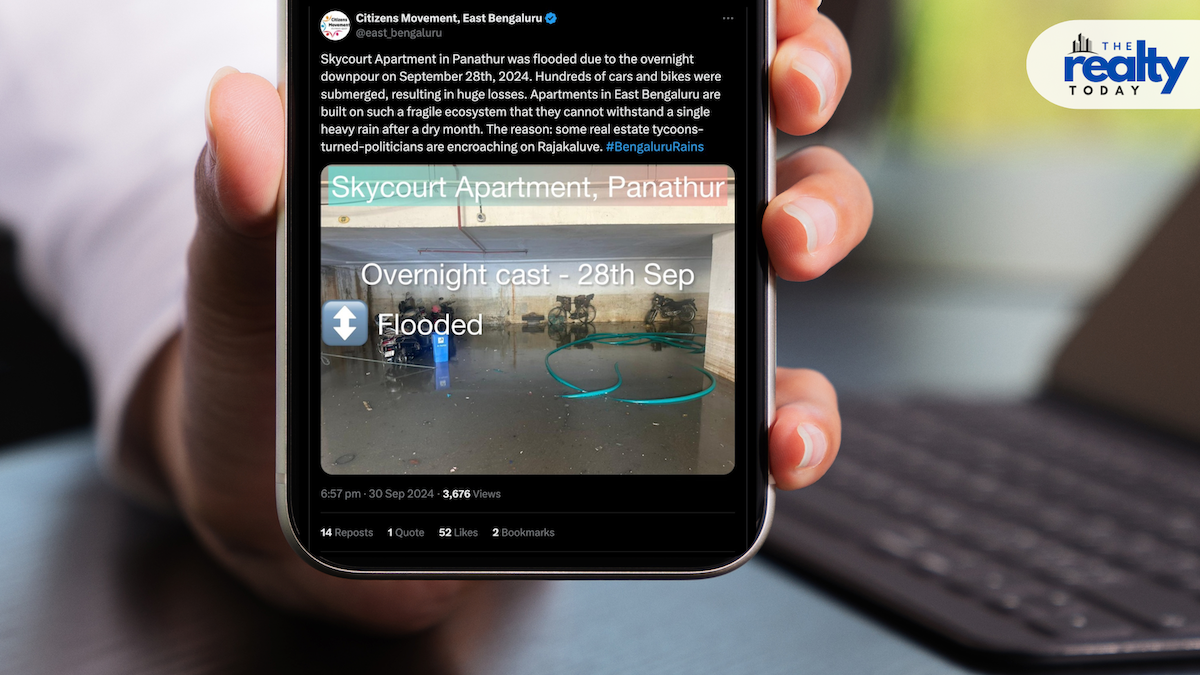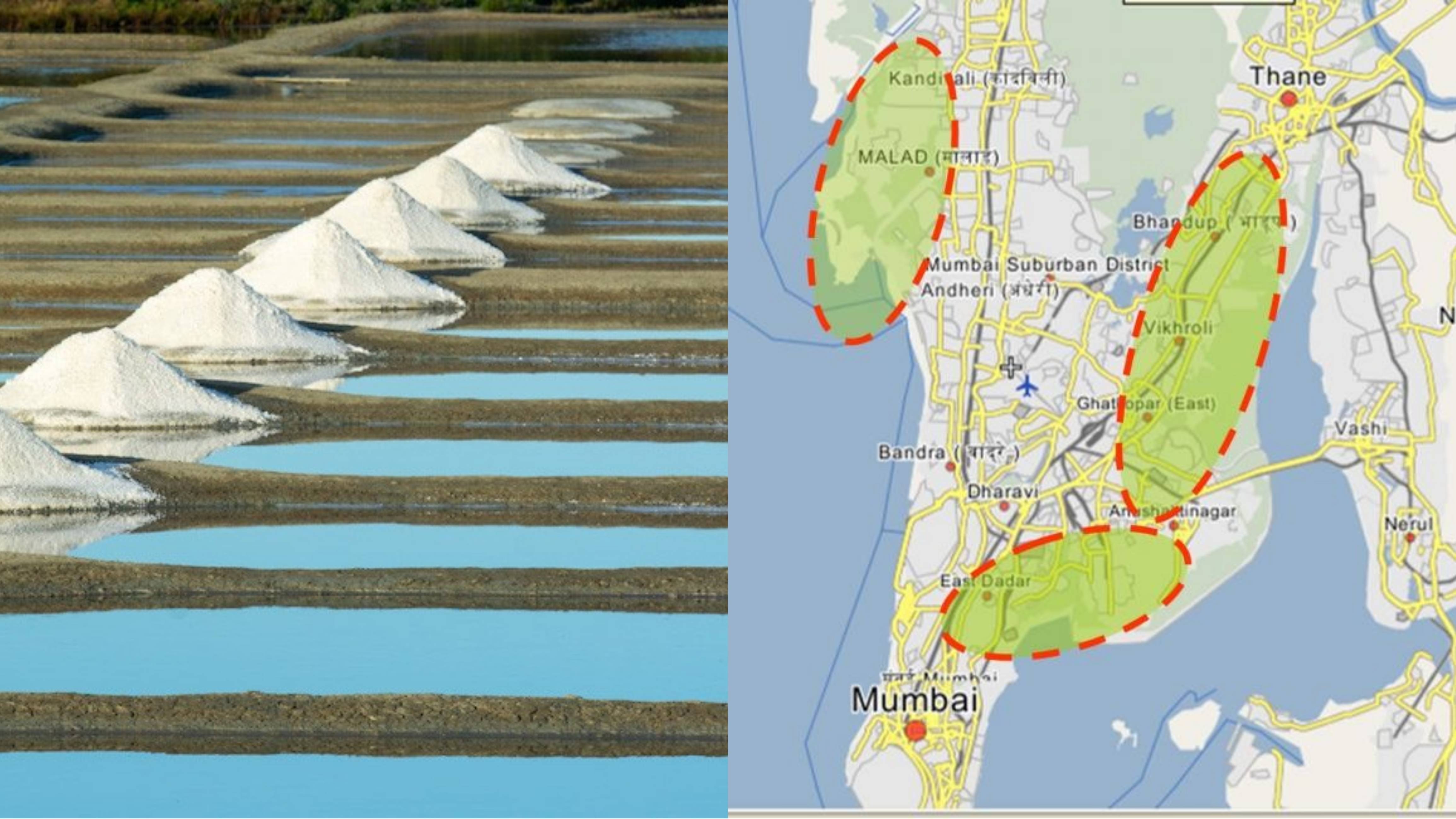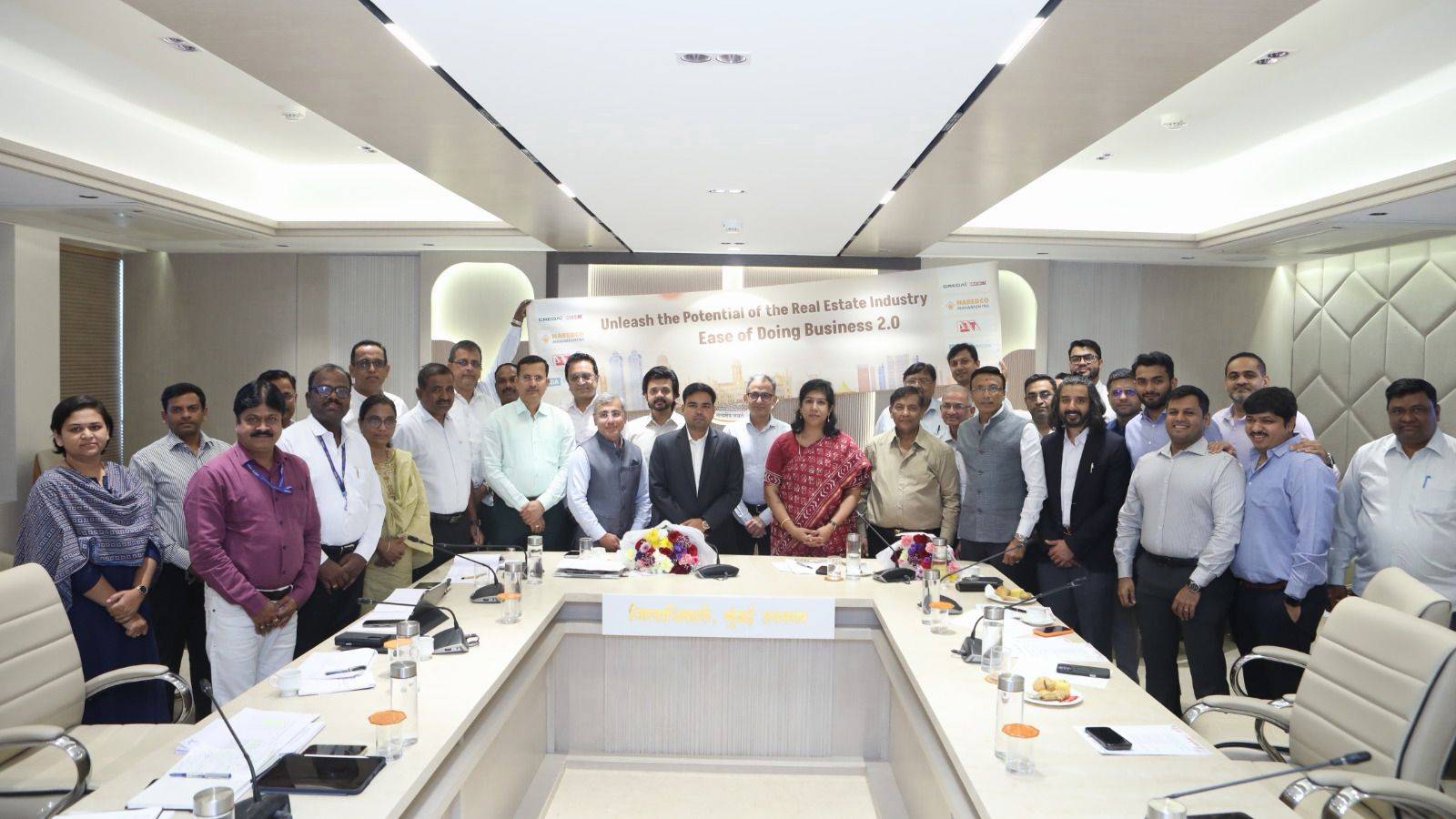Bengaluru witnessed an unusual weather pattern in September 2024, recording only 23.9 mm of rainfall, making it the second driest month in the city's history. Despite this, the overall southwest monsoon was close to normal, and residents found themselves struggling with waterlogging after sudden downpours at the end of the month.
Historical Rainfall Records and September's Low Totals
According to data from the India Meteorological Department (IMD), this September's rainfall in Bengaluru was one of the lowest since records began in the late 1800s. With only 23.9 mm of rain, it became the second driest September in the city's recorded history. The driest September occurred in 1934, when just 8.3 mm was observed. Other primarily dry years include 1928 (18.7 mm), 1911 (19.8 mm), and 1885 (20.6 mm). Even in recent times, years like 2016 and 2012 saw unusually low rainfall levels for the month of September.
Recent Heavy Showers and Waterlogging Issues
Despite the low rainfall throughout September, a heavy downpour on September 28 brought a sudden spike in precipitation, particularly in areas around the HAL airport. This resulted in waterlogging and flooding in several parts of the city. Many social media users took to platforms to share their frustrations, mentioning the lack of proper urban planning and encroachment on natural water channels, such as the Rajakaluve, as major reasons behind the flooding. A video of a flooded orphanage in East Bengaluru was also shared, underscoring the vulnerability of certain areas after heavy rains.

Southwest Monsoon Season Shows Average Performance
Though September was exceptionally dry, the overall southwest monsoon season from June to September painted a different picture. Bengaluru city recorded 551.1 mm of rain during the season, while the HAL airport saw 470 mm, both of which were close to the seasonal averages. However, district-wide, Bengaluru Urban received 357.2 mm, falling short of its usual 452.4 mm. Similarly, Bengaluru Rural recorded 420.9 mm, just slightly below the normal average of 432.9 mm.
Conclusion
Bengaluru’s unpredictable weather this year, marked by one of its driest Septembers and sudden heavy showers, highlights the city’s ongoing struggle with climate variability and urban planning issues. As waterlogging becomes a recurring problem, the city's resilience to extreme weather conditions is increasingly questioned, particularly in areas prone to flooding due to unchecked real estate development.









.png)